WHY THE POP SUPER STAR’S GREATEST CAREER CRISIS COULD SIGNAL THE END
EVERYONE begins the year making big plans, but for Zayn Malik it should be the opposite and the British pop star should take time to reflect on all the mistakes he has made since being gifted great global fame.
According to many well-documented reports, the singer has disrespected his One Direction bandmates, women he has dated, record label, fellow artists, music industry giants like The Grammys and so many more. Seemingly thinking he is indestructible has led to reckless behaviour that has seen him slowly spiral out of control and go into a downward tailspin, after reaching such great heights.
Zayn finally crashed in 2021 and hit rock bottom. He started the year by releasing his super-flop third studio album Nobody Is Listening and ended it by splitting from model Gigi Hadid, the mother of his baby daughter, after he allegedly had a violent altercation with her mother Yolanda. Although he denied the allegations publicly, Zayn pleaded no contest to four charges of harassment against Hadid’s mother and received a tidal wave of negative publicity.
In 2021, it also emerged he had been quietly dropped by his record label RCA and some rubbish independent music he subsequently released was quickly forgotten.
His out-of-control behaviour didn’t go unnoticed by powerful music industry professionals, who have started turning their backs on him. Is there a way back for him or will this be another tragic tale of a star self-sabotaging themselves?
If Zayn takes time to learn from the many mistakes, he could make a comeback, but it is going to be difficult, and he will hit a lot of dead ends. The first avenue that is likely closed to him is One Direction. The massively popular boyband will reunite at some point, but it almost definitely won’t be with Zayn, who left the group under a dark cloud during a 2015 tour.
He could relaunch himself with a high-profile duet, but there won’t be many superstar takers after his string of unsuccessful songs and the negative publicity he received after his alleged assault on Yolanda.
Another major record label could come to the rescue and offer him a new deal, but why would they after his last two albums crashed and news reports emerged that he is hard to control. He recently did a collaboration with a major sunglasses brand and could explore further fashion opportunities, but that becomes hard when his music career is failing and isn’t there to give the products a boost.
Zayn could perhaps use his impressive online presence, which includes over 43 million Instagram followers, but he isn’t a prolific social media user.
The other option, which many pop icons have very successfully used across the decades is to get back on the road and play in front of live audiences, but there is a major problem with that too. The singer famously suffers from anxiety attacks and hardly performed live since leaving One Direction, and with his last two albums flopping, he doesn’t have much material. He could beg his former partner Gigi Hadid for forgiveness, and they could become a strong brand again, but why would she go back to him after all the many times he has let her down and subsequently damage her own standing, which in contrast to Zayn’s is very good.
He could follow in the footsteps of his former bandmate Harry Styles and pursue an acting career or start a business venture, but is he willing to go through the struggle? Whatever he decides to do the singer needs to respect what he has before it is forever taken away from him.





 A compelling premise, layered and unpredictable charactersAMG
A compelling premise, layered and unpredictable charactersAMG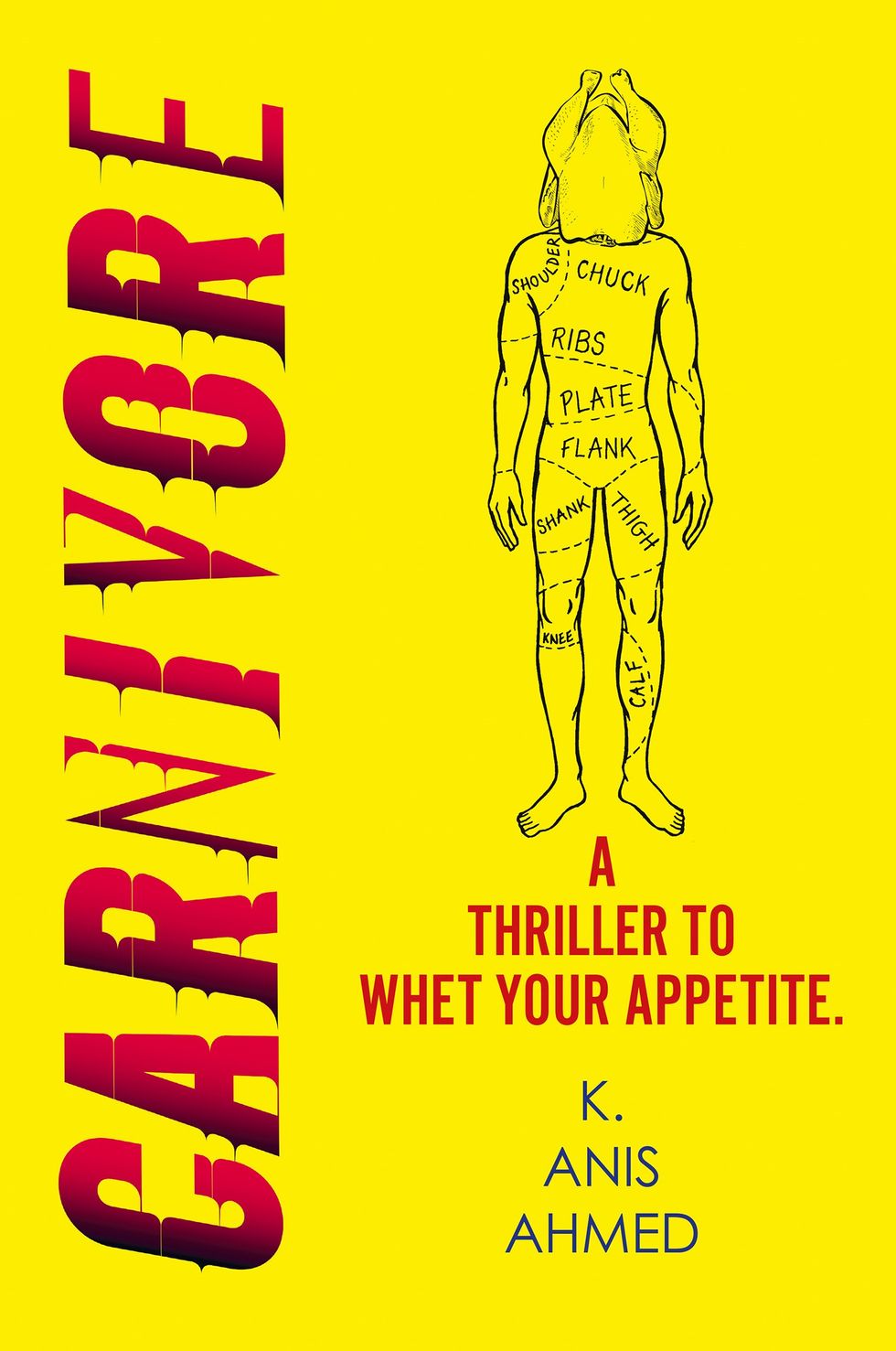 Anyone who enjoys a gripping story with a diverse cast and unexpected twistsHarperFiction
Anyone who enjoys a gripping story with a diverse cast and unexpected twistsHarperFiction








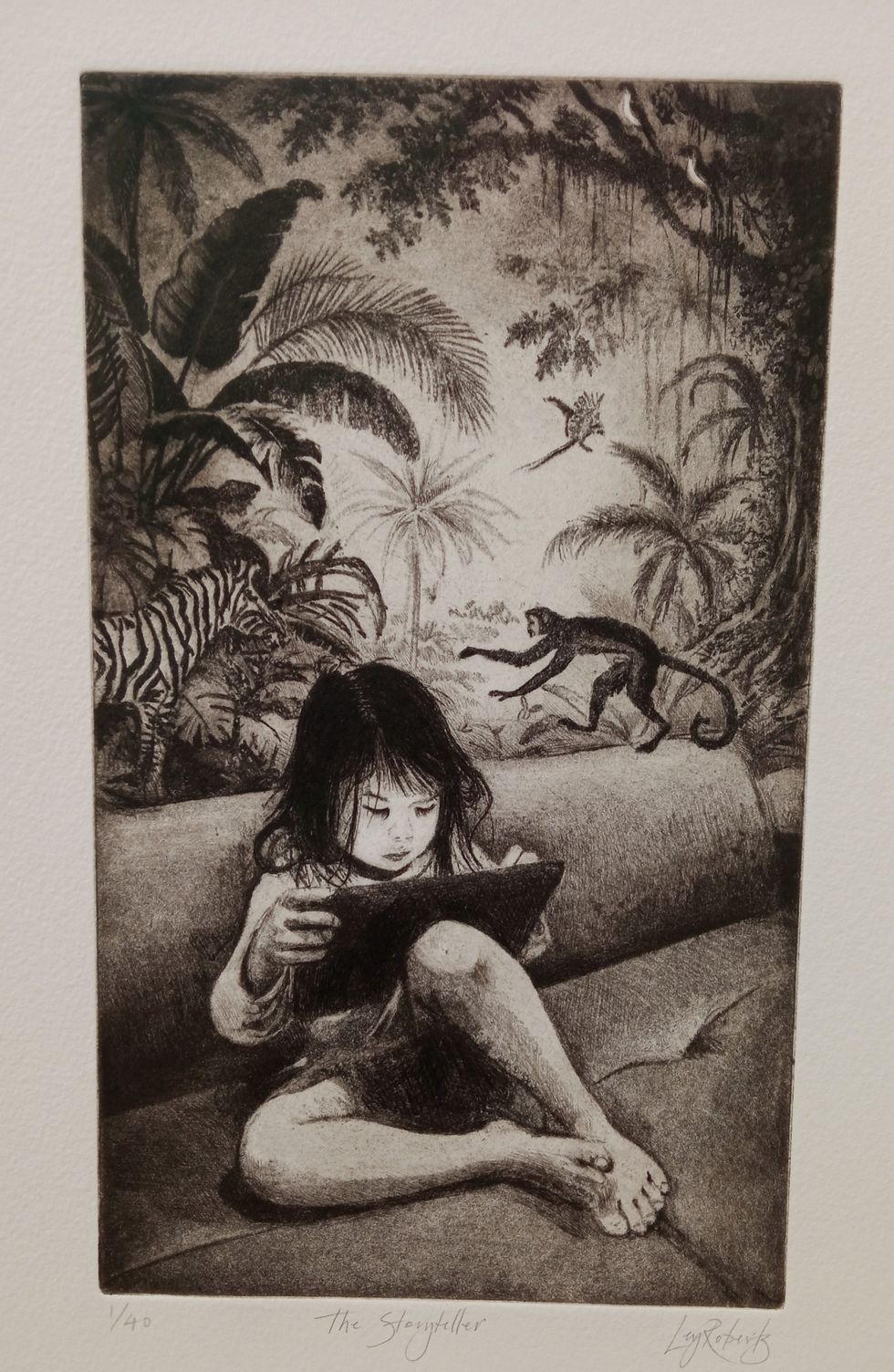 The Story Teller by Ley Roberts
The Story Teller by Ley Roberts Summer Exhibition coordinator Farshid Moussavi, with Royal Academy director of exhibitions Andrea Tarsia in the background
Summer Exhibition coordinator Farshid Moussavi, with Royal Academy director of exhibitions Andrea Tarsia in the background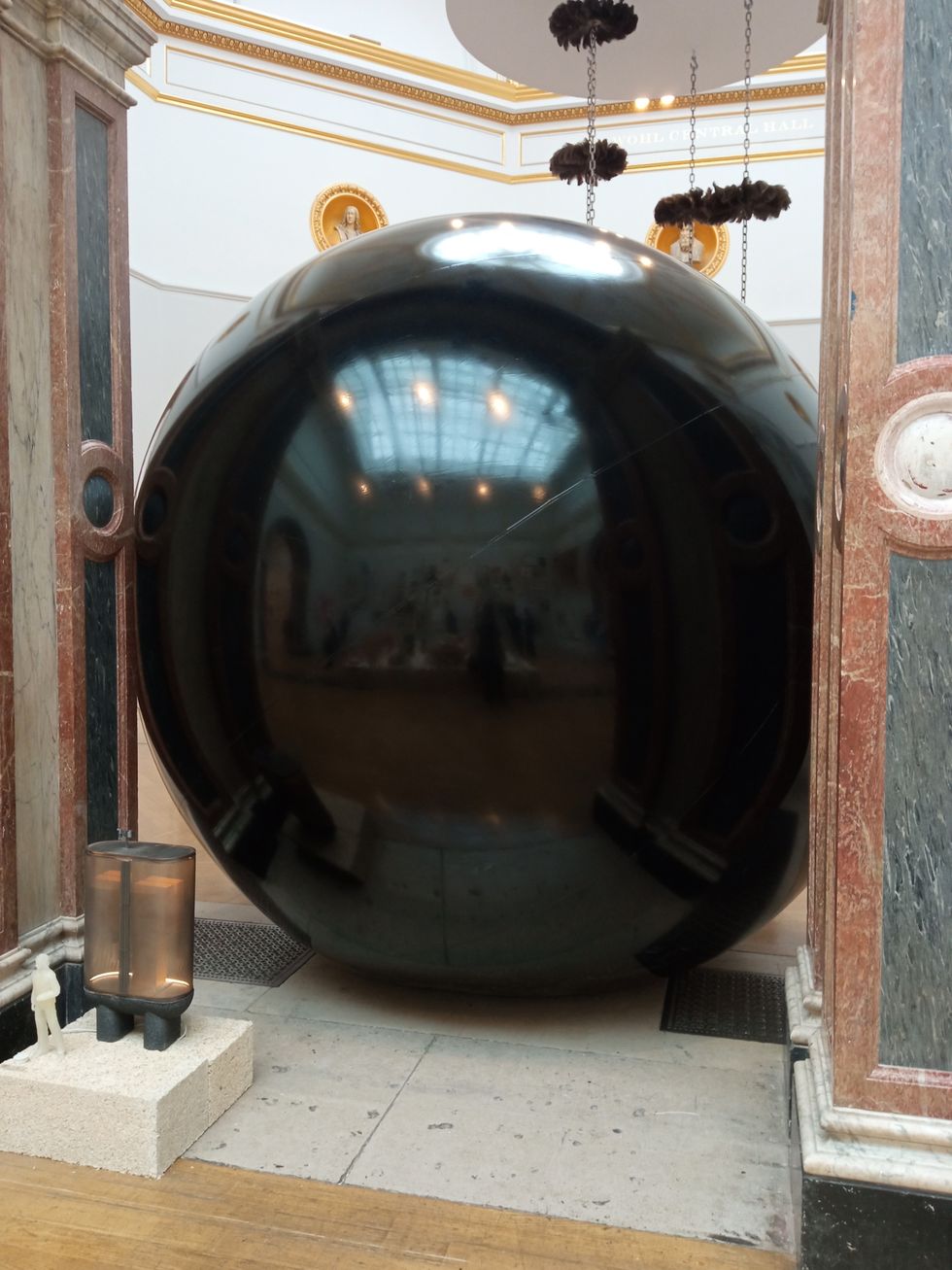 An installation by Ryan Gander
An installation by Ryan Gander A sectional model of DY Patil University Centre of Excellence, Mumbai, by Spencer de Grey
A sectional model of DY Patil University Centre of Excellence, Mumbai, by Spencer de Grey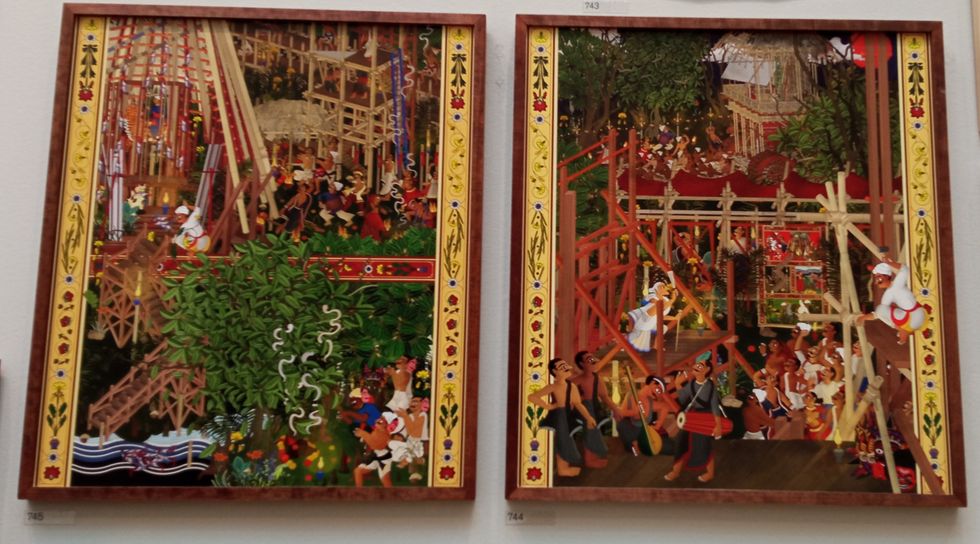 Rituals and Identity and Theatre of Resistance by Arinjoy Sen
Rituals and Identity and Theatre of Resistance by Arinjoy Sen
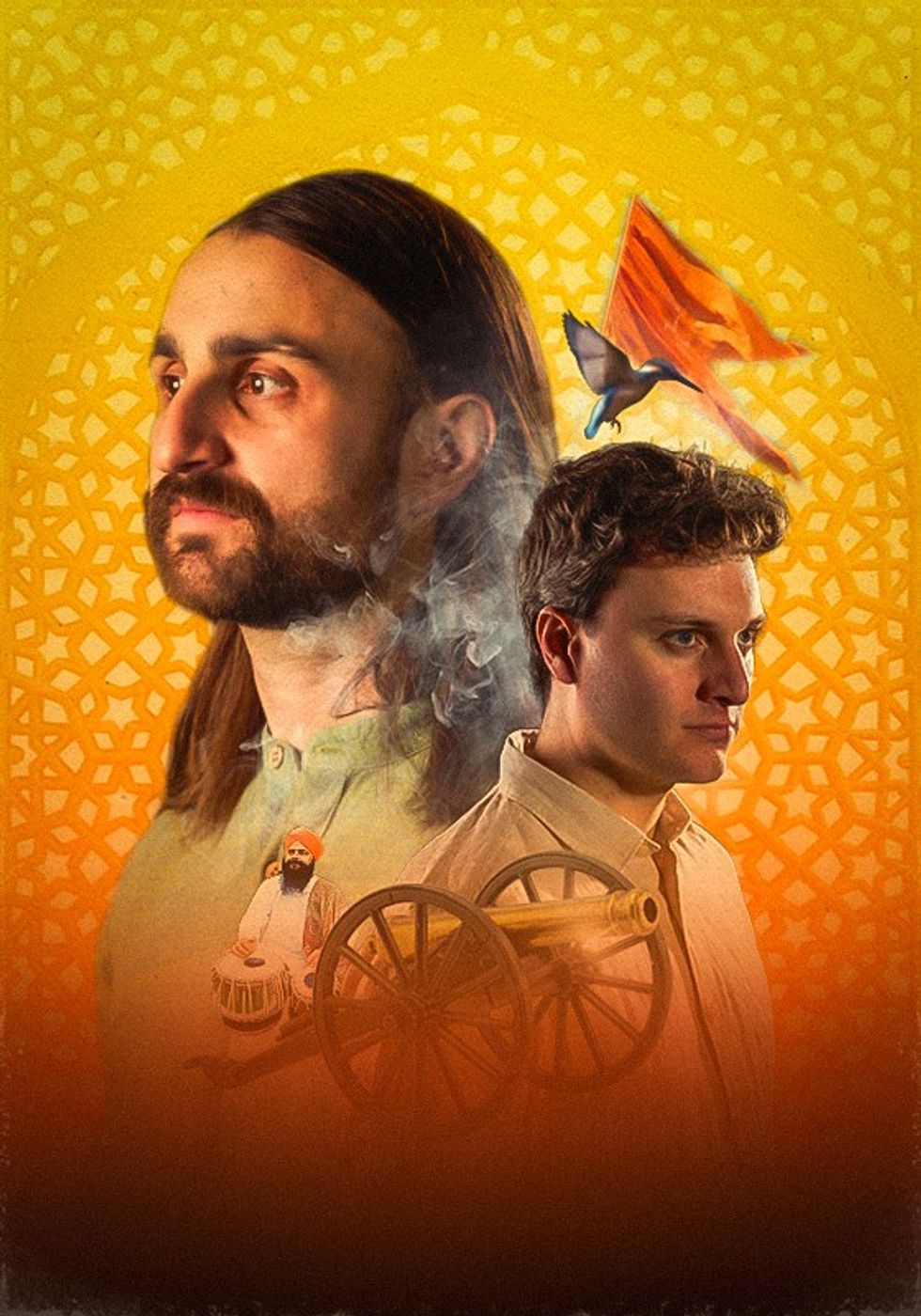 An explosive new play that fuses biting satire, history and heartfelt storytellingPleasance
An explosive new play that fuses biting satire, history and heartfelt storytellingPleasance
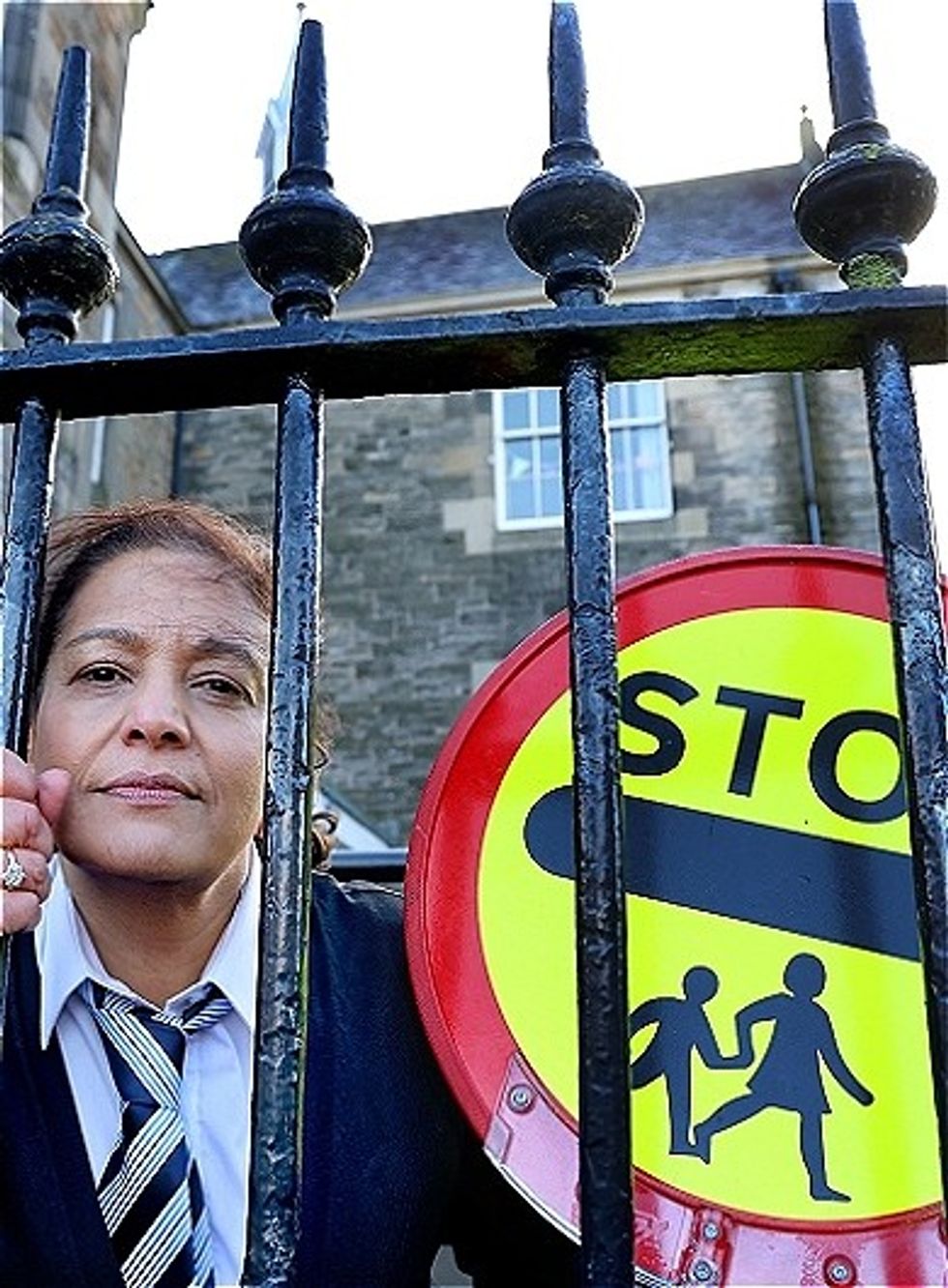 Lunchbox is a powerful one-woman show that tackles themes of identity, race, bullying and belongingInstagram/ lubnakerr
Lunchbox is a powerful one-woman show that tackles themes of identity, race, bullying and belongingInstagram/ lubnakerr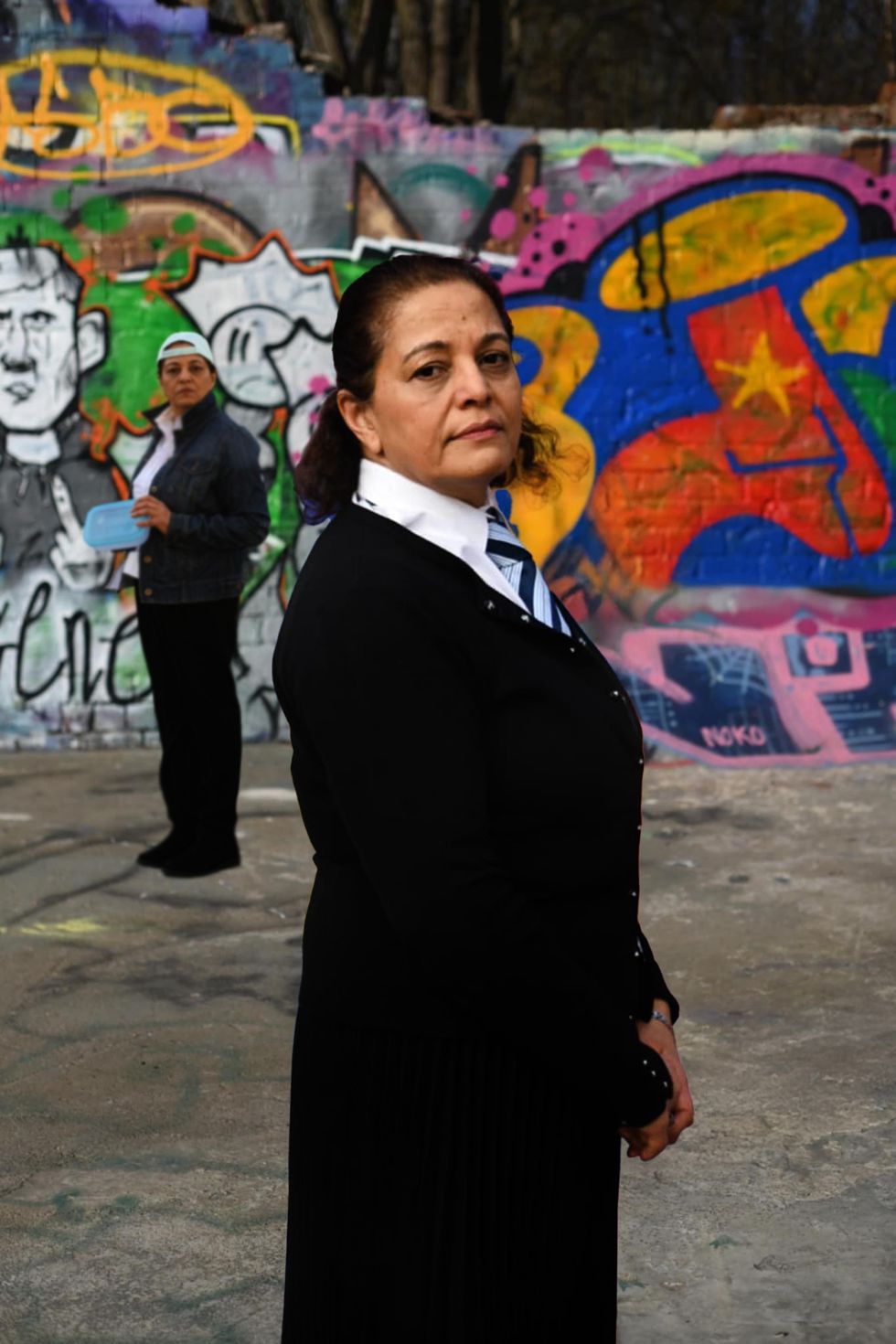 She says, ''do not assume you know what is going on in people’s lives behind closed doors''Instagram/ lubnakerr
She says, ''do not assume you know what is going on in people’s lives behind closed doors''Instagram/ lubnakerr
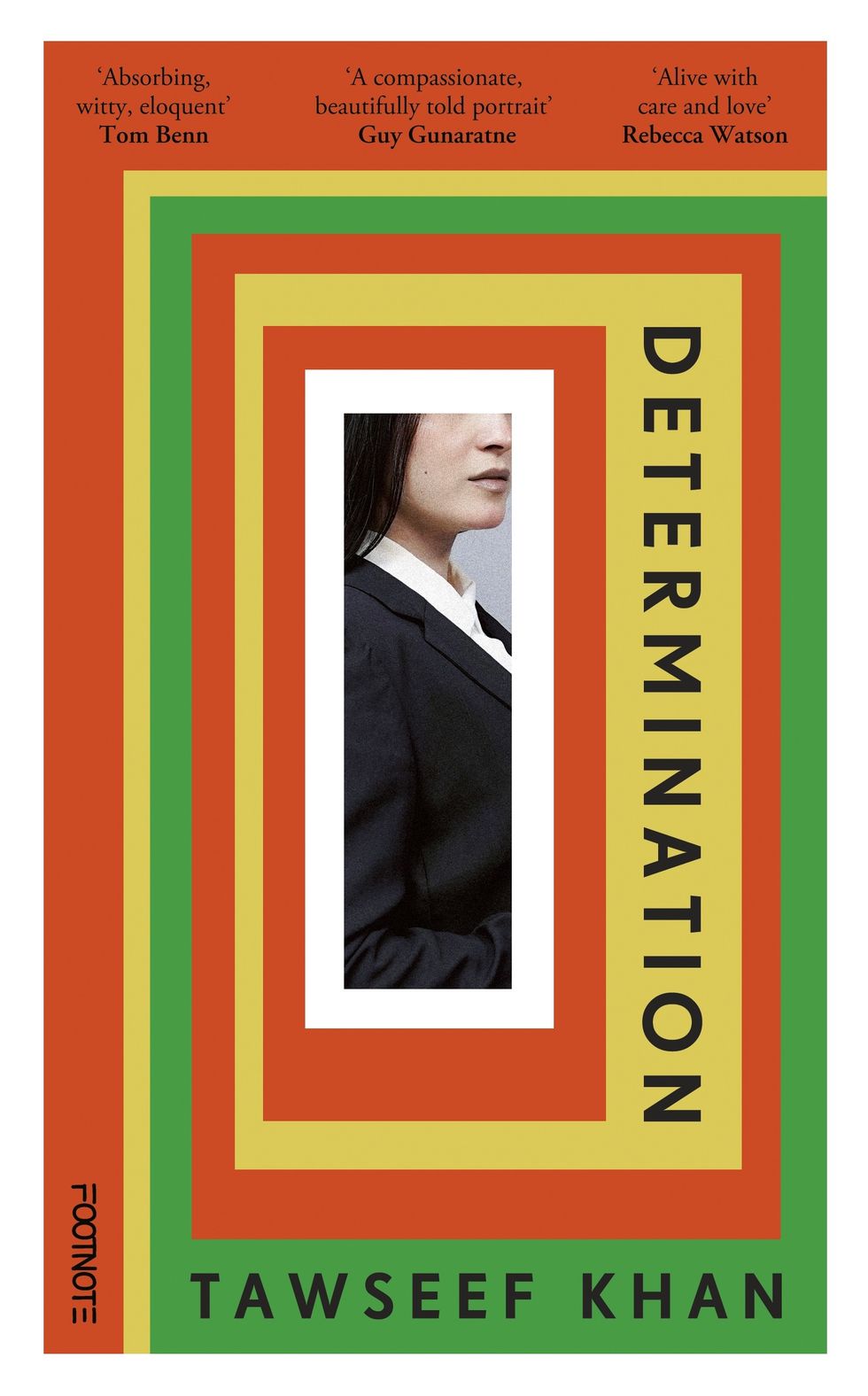 He says "immigrants are the lifeblood of this country"Instagram/ itsmetawseef
He says "immigrants are the lifeblood of this country"Instagram/ itsmetawseef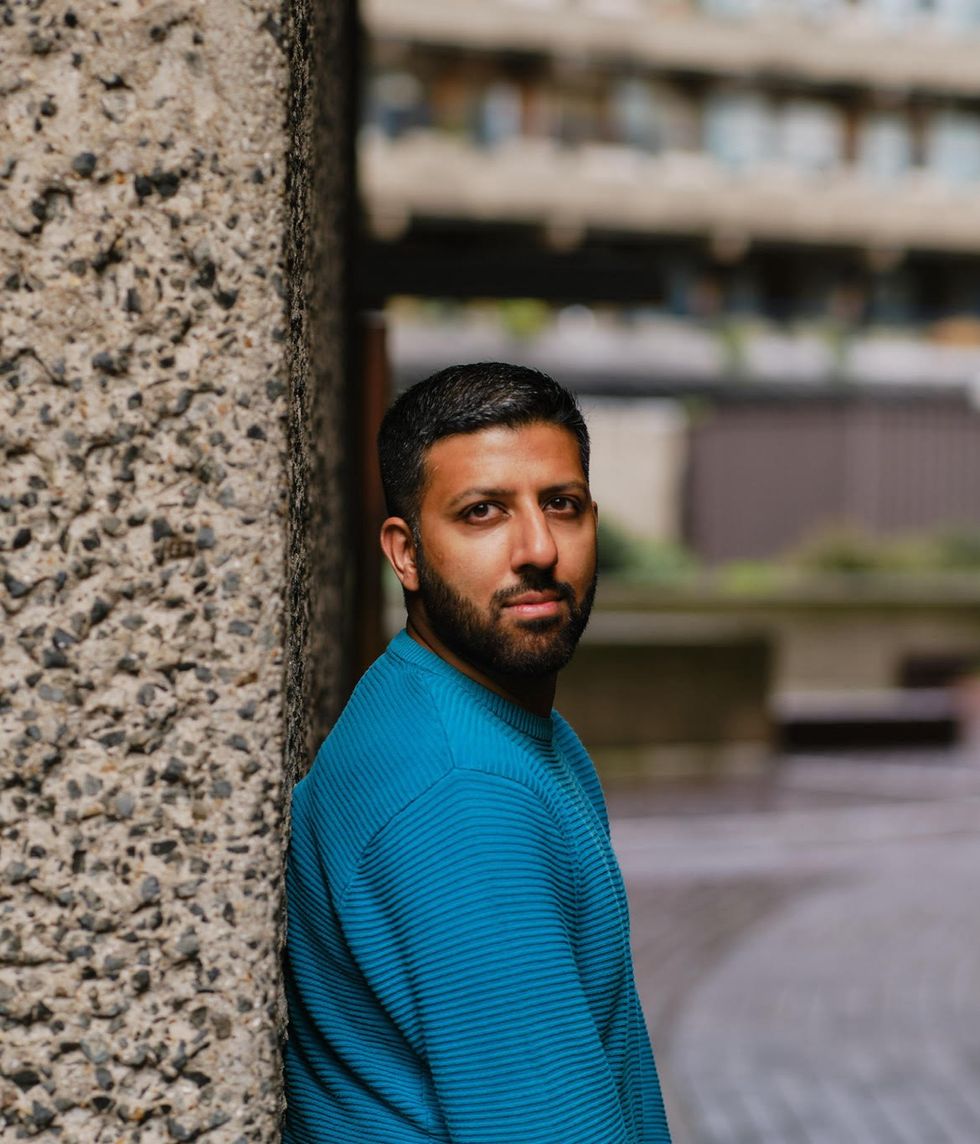 This book is, in a way, a love letter to how they raised meInstagram/ itsmetawseef
This book is, in a way, a love letter to how they raised meInstagram/ itsmetawseef